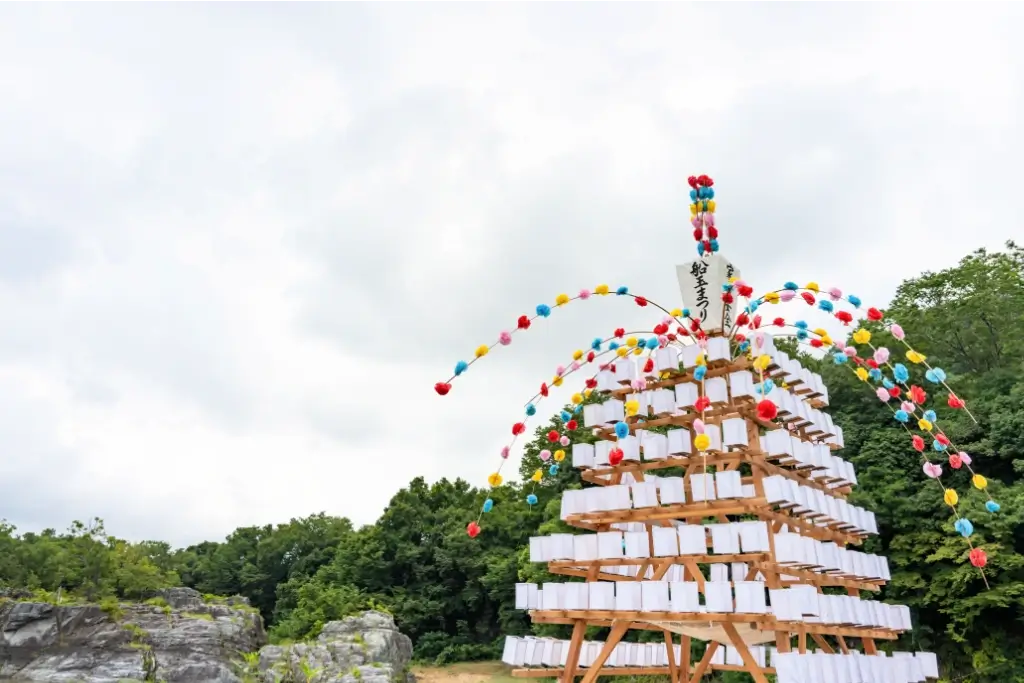Chichibu (秩父) is a small, rural city in Japan’s Kanto region. The beauty of the city’s forests has made it the destination of nature seekers for centuries. It is still a popular destination for those in Tokyo seeking a temporary escape from urban life, especially those seeking solitude without sacrificing convenience.
Additionally, despite its size, the city boasts unique shrines comparable to those in more well-known areas such as Kyoto and Kamakura. The beauty of its peaks has made it a site of mountain worship for many centuries. Let us explore this area and discover why it is so prevalent in the fall.
Table of Contents
ToggleWhere is Chichibu?
The city of Chichibu is nestled in the mountains of Saitama Prefecture, northeast of Tokyo. Chichibu is easily accessible from the Tokyo area via the Seibu Chichibu Line. Seibu Railway operates the Limited Express “Laview” train from Ikebukuro to Seibu Chichibu. Its large, curved glass windows afford extraordinary views of the passing countryside.
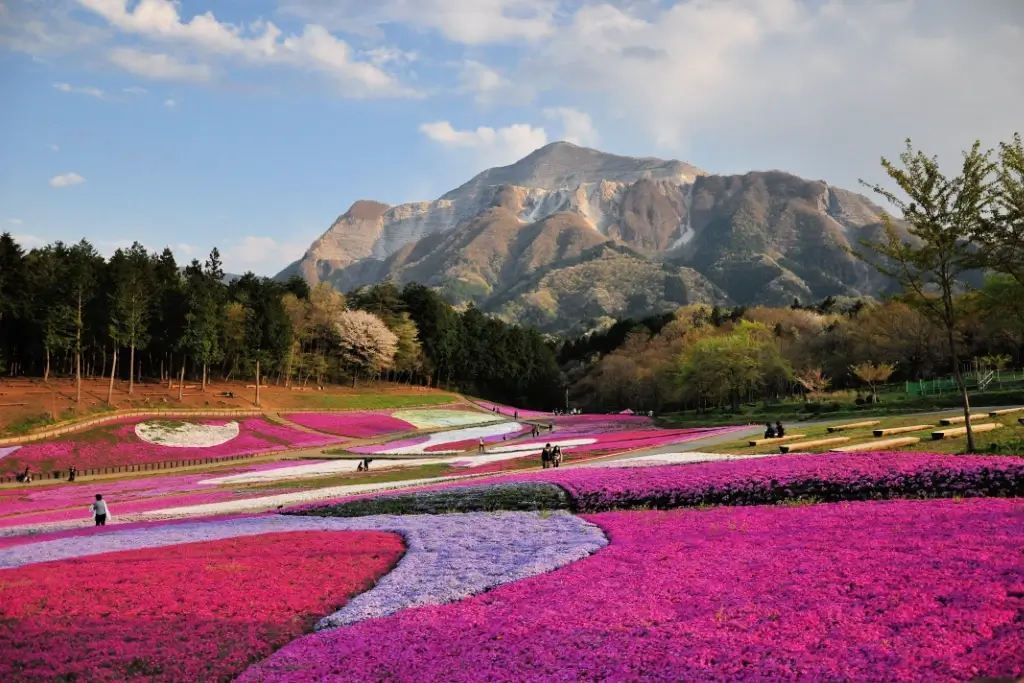
However, the Chichibu Railway route from Seibu-Shinjuku is much more scenic, as it winds through the mountains. This, in combination with its one-day pass, makes it a popular choice with visitors. Alternatively, take the Asama No.617 Shinkansen from Tokyo to Kumagaya Station, then take Chichibu Tetsudo to Chichbu. Several bus services also depart from Tokyo and nearby cities. You can also drive to the area along National Route 140 from central Saitama.
What are some landmarks in the area?
Once in Chichibu, you can explore the city’s sites on foot or bicycle. Many major attractions are near main stations, making it easy to navigate and explore at your own pace.
Chichibu Shrine
Chichibu-jinja (秩父神社) lies at the heart of the city and is one of the most important religious sites in the region. It is 1000 years old but was reconstructed in 1592 with the support of Tokugawa Ieyasu, the first shogun of the Tokugawa shogunate. The shrine’s major attraction is the elaborate carvings depicting tigers, monkeys, and dragons. This Shinto shrine is only a 10-minute walk from Seibu-Chichibu Station and is open from 9:00 to 17:00. Although visitors must pay to enter the shrine, the entrance fee is only 500 yen. So it is worth the admission price.
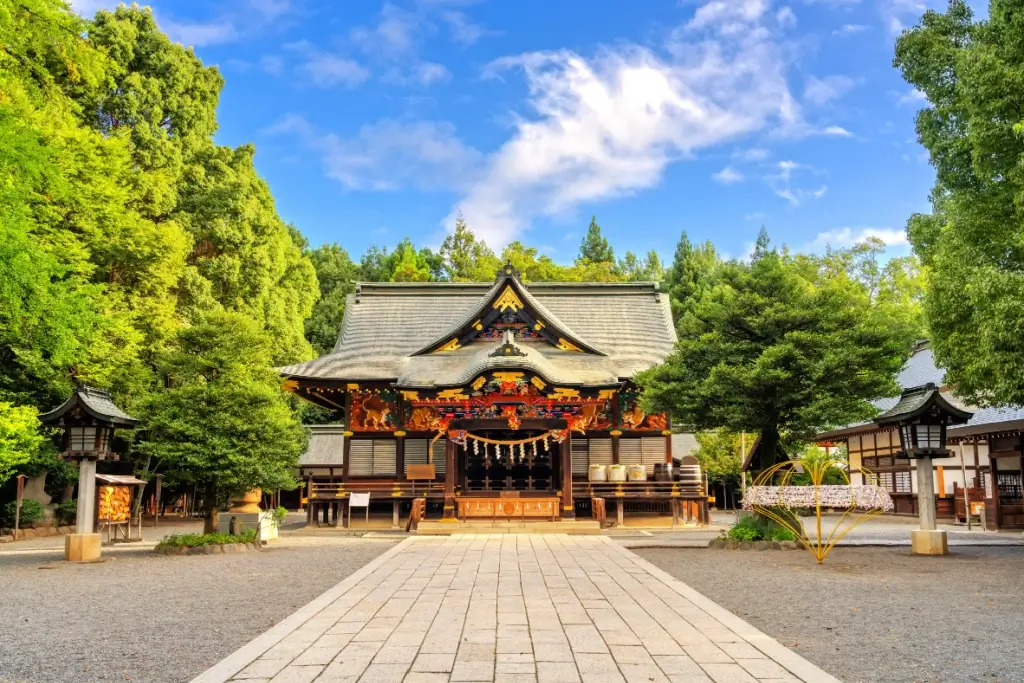
Chichibu Festival Hall is a short walk from the shrine. The building contains a museum dedicated to the city’s local celebrations. The exhibition room showcases the festivals’ clothes, instruments, and floats. A light and sound show brings everything to life, offering visitors a virtual experience. The Chichibu Night Festival is the area’s most iconic event. Legend has it that the goddess of Chichibu Shrine and the god of Mt. Buko have been in love throughout the year.
They can only meet on the night of the celebrations. They are held every December and are renowned for elaborate floats adorned with lanterns, tapestries, and gilded wood carvings. The lively atmosphere created by the drum and flute music ends with a stunning two-and-a-half-hour fireworks display. This is one of the rare opportunities to see fireworks in Japan outside the winter season.
Hitsujiyama Park
Hitsujiyama Park (羊山公園) is located on the eastern side of Chichibu City and is part of Prefectural Buko Natural Park. It was designed by Dr. Seiroku Honda, known as the “father of Japanese parks”. He significantly shaped Japan’s park systems during the Meiji, Taisho, and Showa periods.
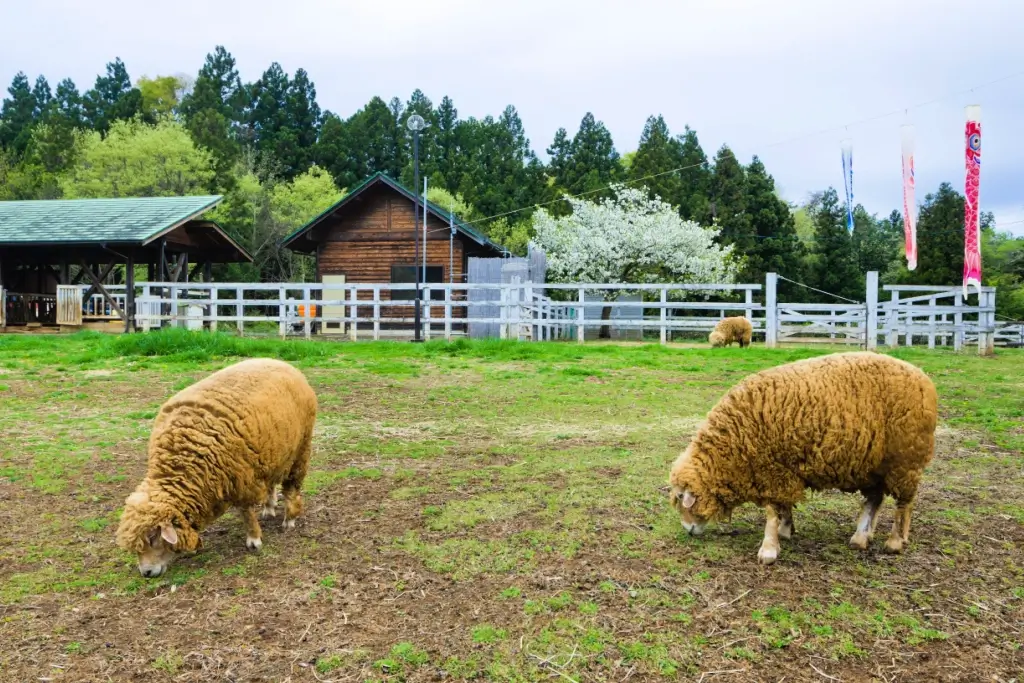
This sprawling park is known for its beautiful seasonal displays. Its most famous attraction is Moss Phlox Hill (Shibazakura Hill). Over 400,000 pink moss plants in shades of pink, purple, and white bloom every spring. The area’s Moss Phlox Festival attracts thousands of people annually from mid-April to early May. Visitors can stroll scenic paths and enjoy views of Mount Buko, the symbol of Chichibu, in the background.
Departure Hill
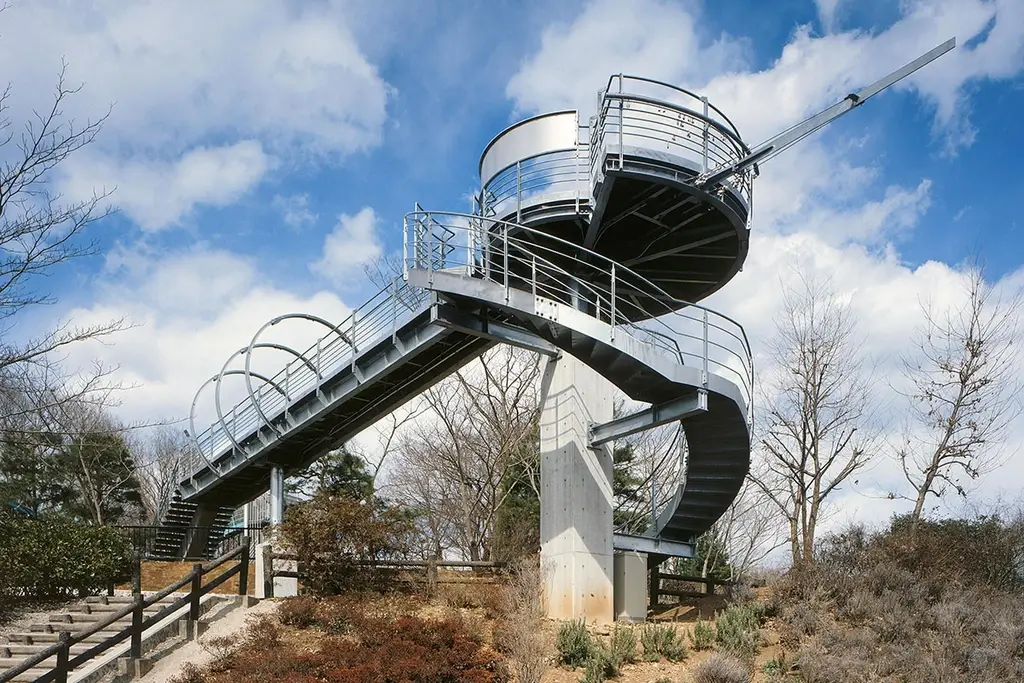
This monument has excellent views of the Chichibu Basin and nearby Buko Mountain. The spot is quite popular during the fall season, as its observation deck is perfect for enjoying the fall colors of the surrounding landscape. The name “Departure Hill” reflects the symbolic idea of embarking on new journeys and adventures.
Are you looking for great snacks from places like Chichibu? Check out Sakuraco! Sakuraco delivers traditional Japanese snacks, sweets, tableware, and more from local Japanese makers right to your door, perfect for a pleasant snack time at home!
Where can I stay in Chichibu?
Miyamoto no Yu
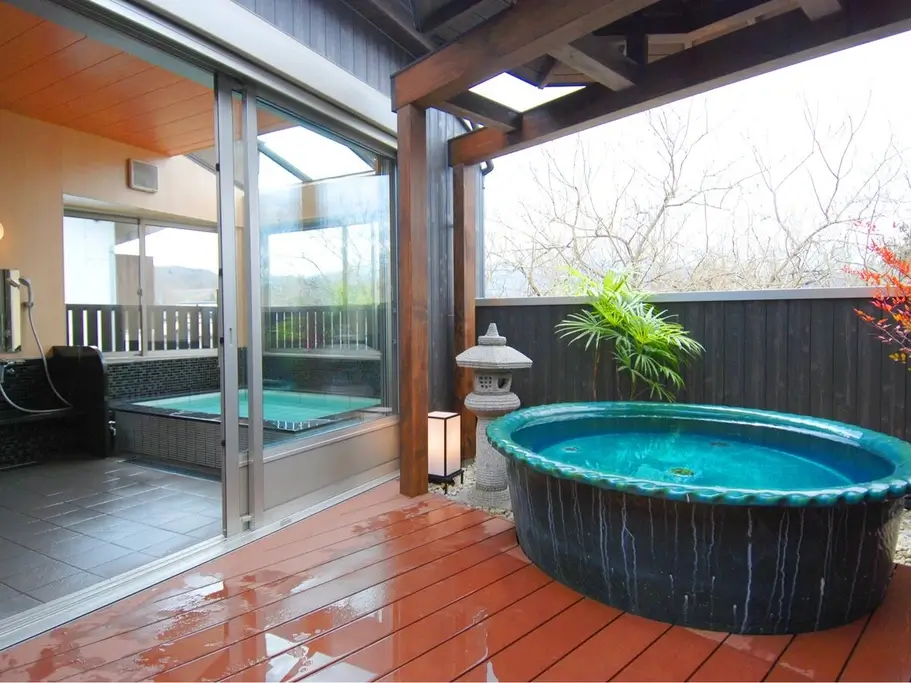
Miyamoto no Yu is a traditional Japanese ryokan 10 minutes from Seibu-Chichibu Station. This Ryokan is a serene retreat with natural hot spring baths and beautiful surroundings. The interior features classic tatami-matted rooms and futon bedding, giving guests an authentic Japanese experience. Their seasonal kaiseki meals are prepared with fresh, locally sourced ingredients, ensuring an unforgettable dining experience. The ryokan’s proximity to Hitsujiyama Park makes it an ideal spot for travelers who want to experience the moss phlox fields.
Wadoh
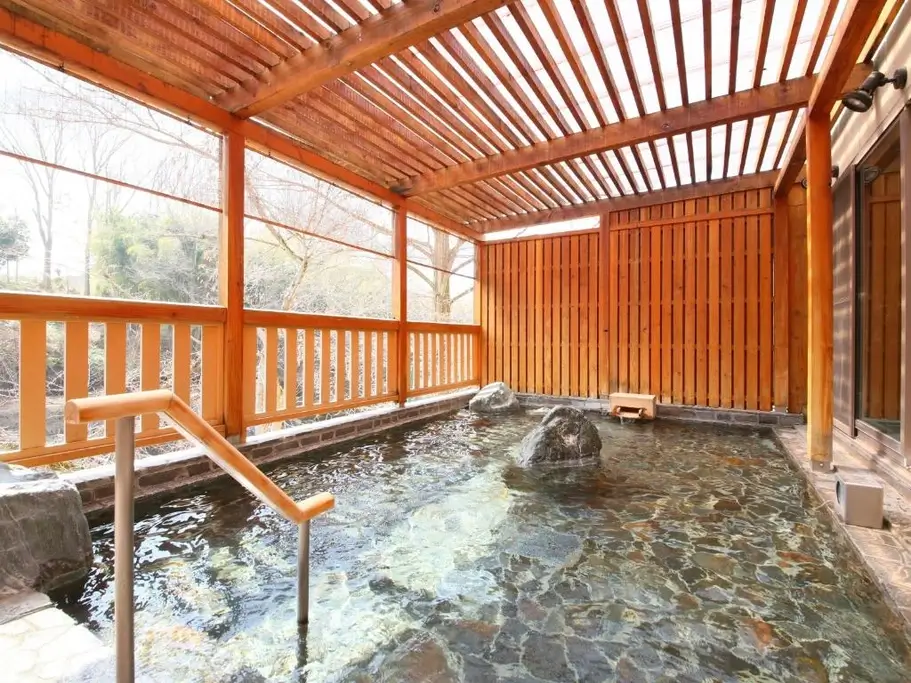
Wadoh Ryokan is a 20-minute drive from Hitsujiyama Park, This ryokan features open-air baths fed by natural hot springs. These baths also have views of the surrounding mountains. Rooms are spacious, with options for private outdoor baths on balconies. The multi-course kaiseki dinners are a highlight. Wadoh offers easy access to nearby attractions, including Chichibu Shrine and other historical sites.
Nagatoro Choseikan
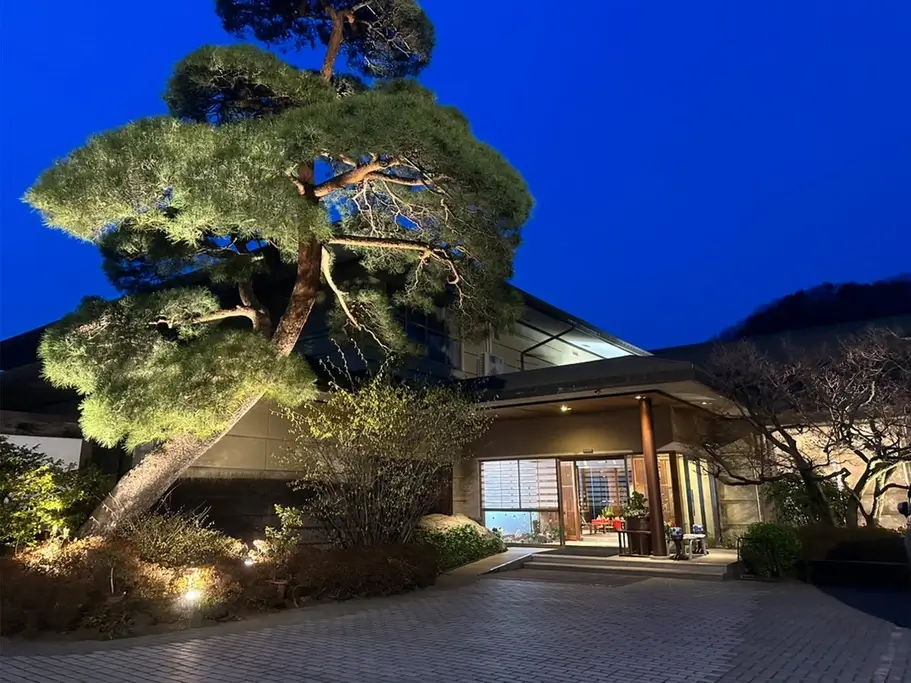
Nagatoro Choseikan is about 30 minutes by car from Hitsujiyama Park. The ryokan’s traditional Japanese rooms add a feeling of authenticity to the visit. This ryokan includes a unique riverside experience. It is close to Nagatoro’s famous Arakawa River, making it a perfect base for the well-known boating tours on the river.
Why should I go there in the fall?
People love Chichibu in the fall because it’s just 90 minutes away from Tokyo, which makes it ideal for day trips or weekend retreats. The city’s surrounding landscape is beautiful throughout the year but truly comes to life in the fall. Autumn colors can be appreciated in several ways. Lookout points, parks, shrines, and festivals can all be found near the station.
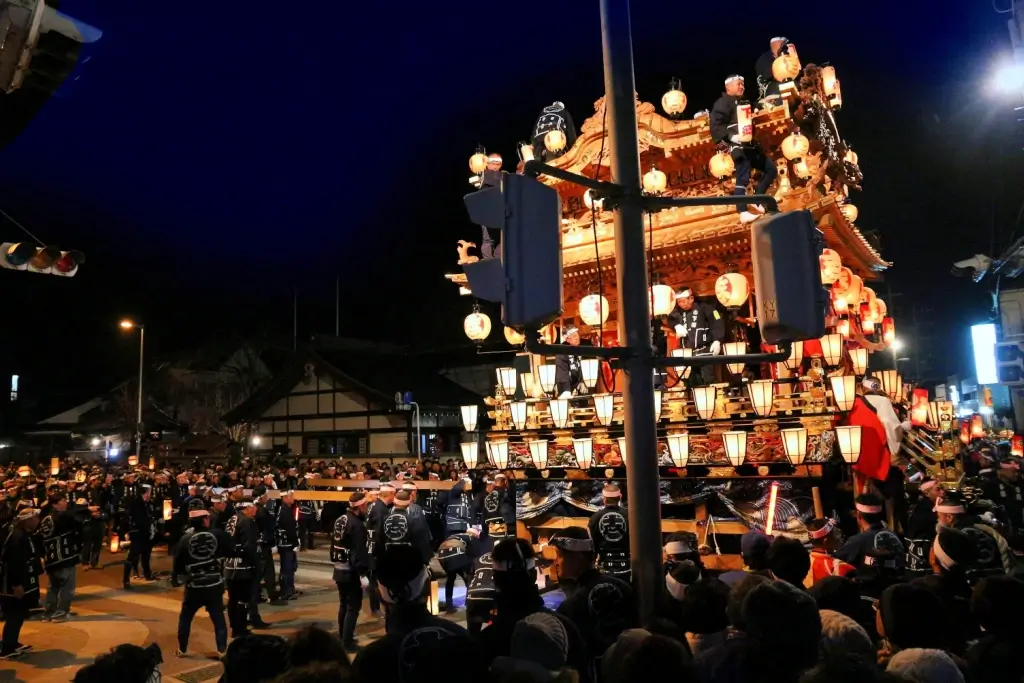
So visitors can easily witness the changing leaves on walking trips, bicycle tours, or even boat rides. The area’s five-star accommodations allow one to relax comfortably after a day of exploring or even appreciate the scenery in seclusion and privacy. Chichibu is a destination that promises to leave a lasting impression. Do you know of any other interesting attractions or ryokans in Chichibu? Feel free to share them with our readers below!


